

All Stories by Kathryn Hulick
-
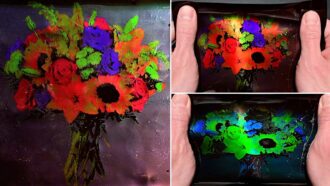 Materials Science
Materials ScienceThese fabrics change color as they stretch
Stretchy, color-shifting cloth may lead to new art, fashions and sensors. A century-old Nobel-prize-winning invention served as its inspiration.
-
 Health & Medicine
Health & MedicineHow wriggling, blood-eating parasitic worms alter the body
Parasitic worms eat blood and make people sick, but they may also help prevent or treat some diseases.
-
 Tech
TechWelcome to the metaverse
The idea of the metaverse comes from science fiction. But technology could make such immersive virtual worlds a reality.
-
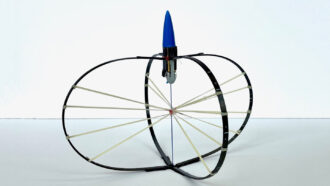 Tech
TechThis leaping robot can out-jump anything — animal or machine
Such a bounding bot might someday help explore the moon.
-
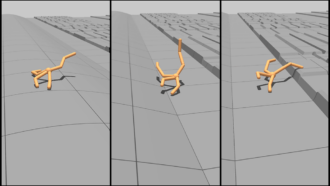 Tech
TechVirtual critters evolve bodies that help them learn
A combination of evolution and learning may lead to more intelligent and agile robots.
-
 Materials Science
Materials ScienceEngineers borrow a tree’s cellulose to toughen new materials
Cellulose gives plants their strength. Engineers are turning this renewable, environmentally friendly resource into brand new materials.
-
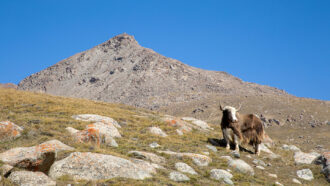 Humans
HumansIs the sky really blue? It depends on what language you speak
English speakers talk about color a lot but rarely about smell. Researchers are learning how those who speak other languages sense the world and why differences arise.
-
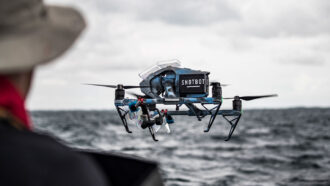 Tech
TechThese flying robots protect endangered wildlife
Flying drones make conservation work much easier. Around the world, drones and artificial intelligence help scientists study or protect endangered animals.
-
 Ecosystems
EcosystemsSecret forest fungi partner with plants — and help the climate
Forest fungi are far more than mere mushrooms. They explore. They move nutrients and messages between plants. They can even help fight climate change.
-
 Tech
TechEasy for you, tough for a robot
Robots still can’t do many things that we find easy. Can engineers reduce how klutzy robots are and boost their common sense?
-
 Psychology
PsychologyA growing share of teens feels lonely at school
Data from kids in 37 nations links this to use of cell phones and the internet.
-
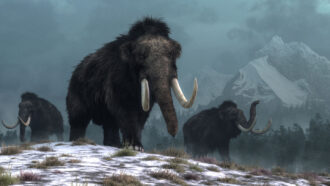 Animals
AnimalsWill the woolly mammoth return?
Scientists are using genetic engineering and cloning to try to bring back extinct species or save endangered ones. Here’s how and why.